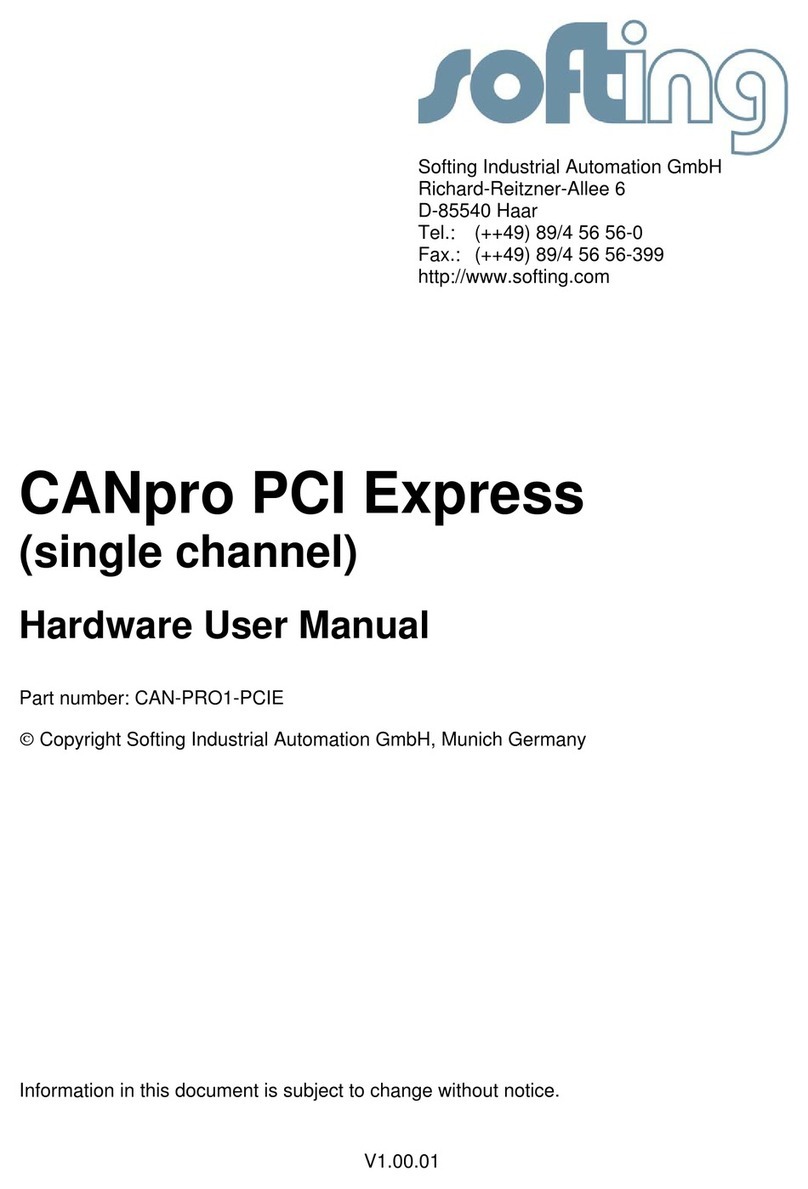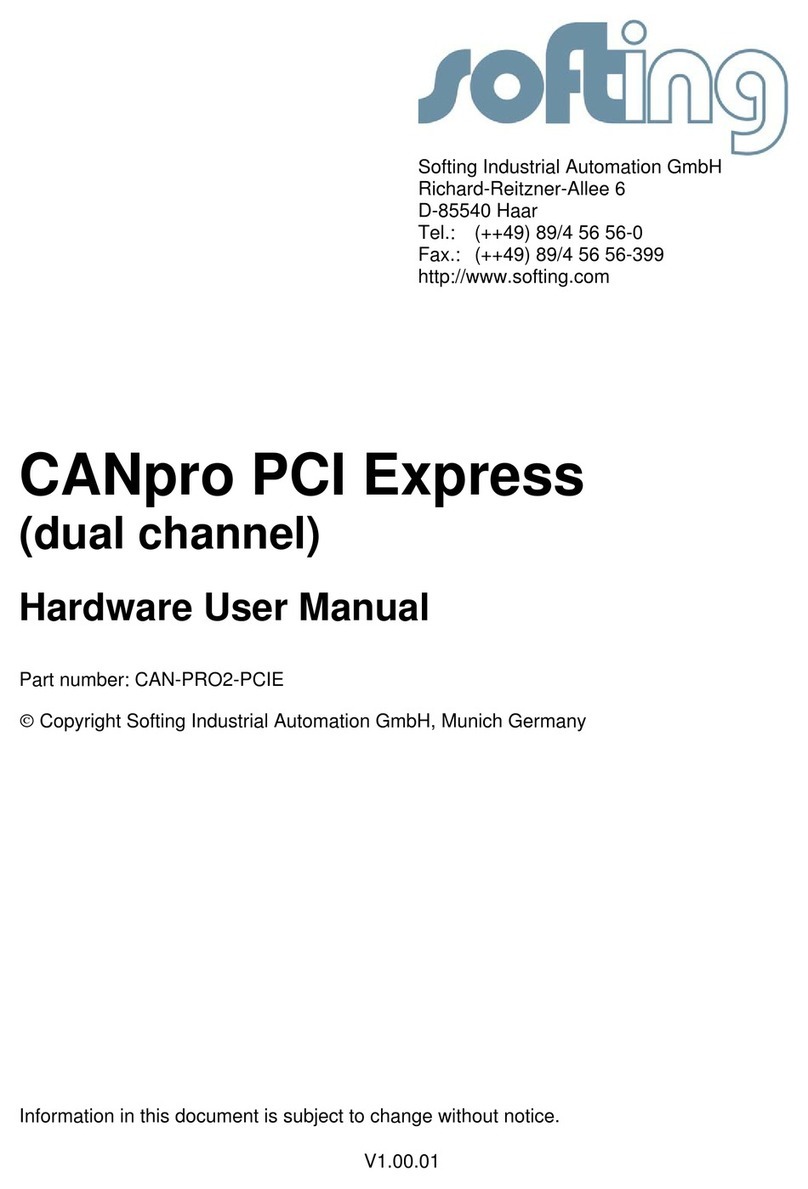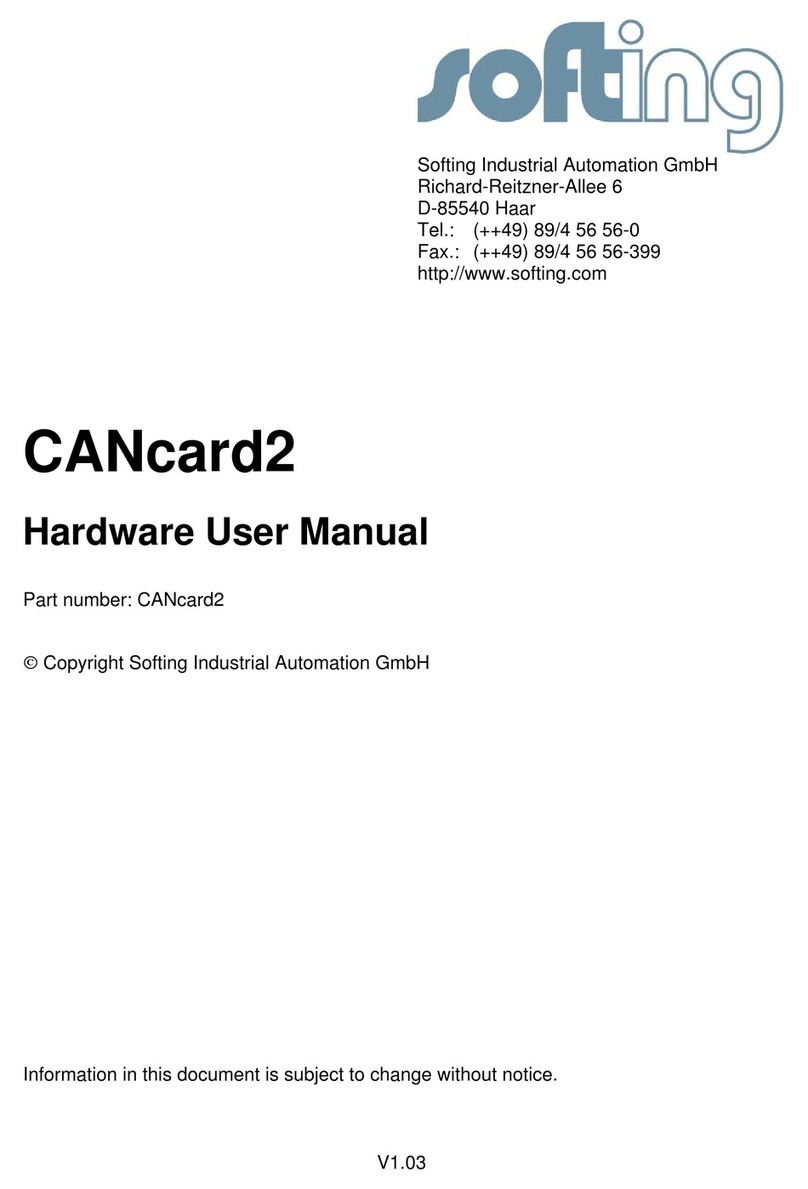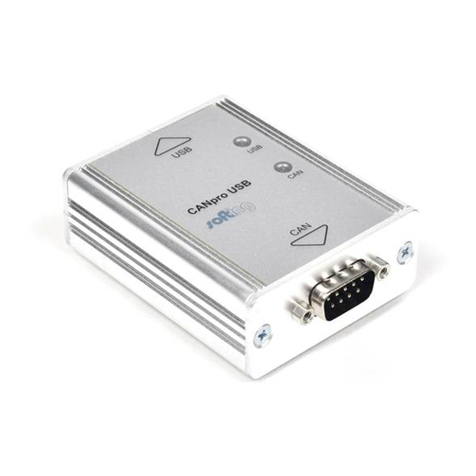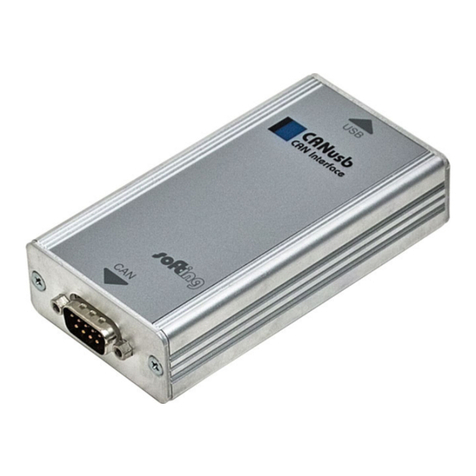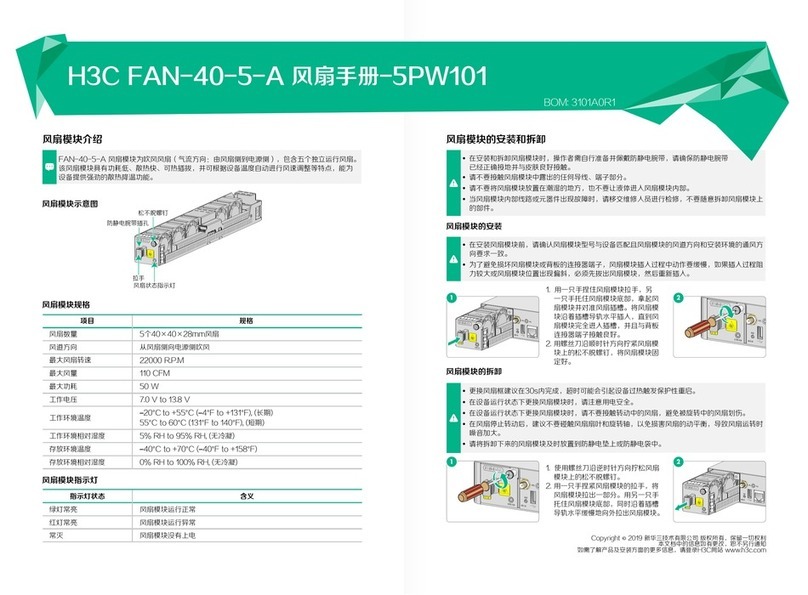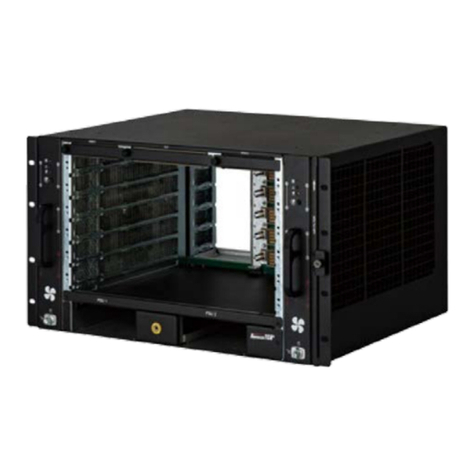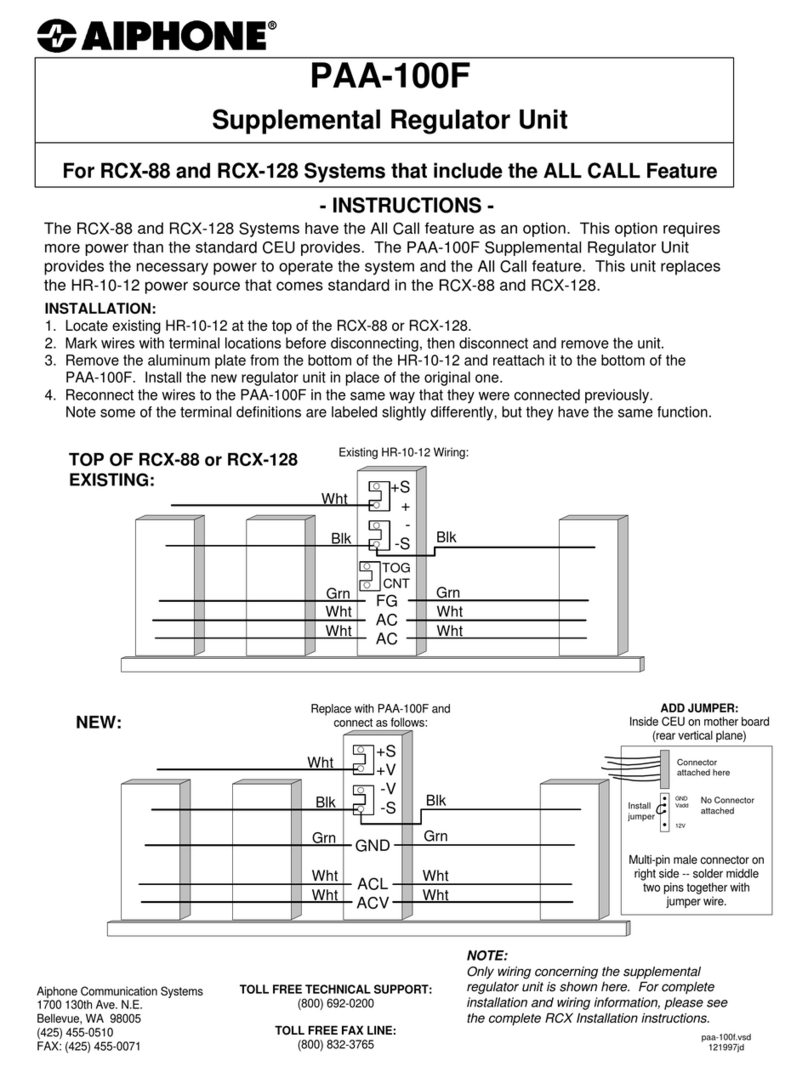Softing commModule MBP User manual

© Softing Industrial Automation GmbH
commModule MBP
Hardware Manual
Version: EN-052022-1.21-3

Softing Industrial Automation GmbH
Richard-Reitzner-Allee 6
85540 Haar / Germany
https://industrial.softing.com
+ 49 89 4 56 56-340
Trademarks
FOUNDATION™ and HART® are marks of the FieldComm Group of Austin, Texas, USA.
Modbus® is a registered trademark of Schneider Electric, licensed to the Modbus Organization, Inc.
OpenSource
To comply with international software licensing terms, we offer the source files of open source software used in our products. For details
see https://opensource.softing.com/
If you are interested in our source modifications and sources used, please contact: info@softing.com
Disclaimer of liability
The information contained in these instructions corresponds to the technical status at the time of printing of it and is passed on with the
best of our knowledge. Softing does not warrant that this document is error free. The information in these instructions is in no event a
basis for warranty claims or contractual agreements concerning the described products, and may especially not be deemed as warranty
concerning the quality and durability pursuant to Sec. 443German Civil Code. We reserve the right to make any alterations or
improvements to these instructions without prior notice. The actual design of products may deviate from the information contained in
the instructions if technical alterations and product improvements so require.
Scan the QRcode to find the latest documentation on the product web page under Downloads.
info.automation@softing.com
support.automation@softing.com
https://industrial.softing.com/support/support-form

commModule MBP HWM EN-052022-1.21-3 3
Table of Contents
Table of Contents
Chapter 1 ...................................................................................... 5
Introduction
............................................................................................................... 51.1 About this document
............................................................................................................... 51.2 Related documentation
............................................................................................................... 51.3 Conventions used
............................................................................................................... 51.4 Document history
Chapter 2 ...................................................................................... 6
commModule MBP
............................................................................................................... 62.1 Diagram
............................................................................................................... 62.2 Intended use
............................................................................................................... 62.3 Ordering information
Chapter 3 ...................................................................................... 7
Interface
............................................................................................................... 73.1 Orientation
............................................................................................................... 83.2 Pin number and signal description
............................................................................................................... 103.3 Pullups and pulldowns
............................................................................................................... 103.4 Flash programming and debugging interface
............................................................................................................... 103.5 Fault Disconnect Equipment
............................................................................................................... 103.6 Simulate enable
Chapter 4 ...................................................................................... 11
Electrical specifications
............................................................................................................... 114.1 Protocol select
............................................................................................................... 114.2 Operating conditions
............................................................................................................... 114.3 Port input and output
Chapter 5 ...................................................................................... 13
Environmental specifications
............................................................................................................... 135.1 Temperature
............................................................................................................... 135.2 MTBF calculation
............................................................................................................... 145.3 Certifications
Chapter 6 ...................................................................................... 15
Mechanical specification
............................................................................................................... 156.1 Potted module
............................................................................................................... 166.2 Non-potted module
............................................................................................................... 176.3 Host PCB layout
............................................................................................................... 196.4 Mounting process
............................................................................................................... 196.5 ESD handling precautions
............................................................................................................... 196.6 Packaging and labeling
Chapter 7 ...................................................................................... 20
Special conditions for safe use
............................................................................................................... 207.1 Safety block diagram
............................................................................................................... 217.2 Installation

commModule MBP HWM EN-052022-1.21-3
Table of Contents
4
............................................................................................................... 217.3 Isolation and creepage distances
............................................................................................................... 227.4 Label
............................................................................................................... 227.5 Maintenance and spare parts
Chapter 8 ...................................................................................... 23
CE Compliance
............................................................................................................... 248.1 ATEX EC type examination certificate
............................................................................................................... 298.2 IECEx Certificate of Conformity
............................................................................................................... 358.3 Declaration of Conformity

Chapter 1 - Introduction
commModule MBP HWM EN-052022-1.21-3 5
1Introduction
1.1 About this document
This document is addressed to hardware engineers, giving them a detailed description about the electrical,
mechanical and functional specifics of the single-sided communication module, commModule MBP.
1.2 Related documentation
For further details about the commModule MBP and the configuration workflow of the firmware see the
CommScripter user guide and commModule MBP Evaluation Kit hardware guide available by download.
1.3 Conventions used
The following conventions are used throughout Softing customer documentation:
CAUTION
This symbol indicates a potentially hazardous situation which, if not avoided, may result in
minor or moderate injury.
Note
This symbol is used to call attention to notable information that should be followed during
installation, use, or servicing of this device.
Hint
This symbol is used when providing you with helpful user hints.
1.4 Document history
Document version
Changes since last version
1.00
First version
1.10
Reference to related documentation updated. Trademark notice
and Open Source notice added. New layout and structure of chapters.
1.20
Classification of protection type "intrinsic safety" changed to
Ex II 1D Ex ia IIIC Da. See also Chapter CE Compliance .
1.21
Section on ordering information updated. Small editorial changes.
1.21-1
Note changed regarding PCB library (now available from Softing support).
1.21-2
References to ATEX / IECEx certificates updated. Section Port input and
output updated.
1.21-3
Non-potted version now without metal shield. IECEx certificate updated.
23
6
17
14
11

commModule MBP - Hardware Manual
6commModule MBP HWM EN-052022-1.21-3
2commModule MBP
The commModule MBP is a surface mountable fieldbus communication module with minimum footprint. It
is typically integrated into an intelligent field device mapping industrial intrinsic safe fieldbus Profibus PA
and FOUNDATION Fieldbus to the field device.
CAUTION
The commModule MBP is certified for hazardous areas if used in accordance with its
specification and operating conditions. See also Operating conditions for use in hazardous
environment .
2.1 Diagram
The block diagram below shows the design of the commModule MBP:
2.2 Intended use
This product has been designed to be integrated as a system component by qualified hardware engineers.
2.3 Ordering information
The commModule MBP is available as a potted version (#STD), not suitable for reflow soldering and a non-
potted version (#STD_NOP), suitable for reflow soldering.
The Ex approval of commModule MBP STD_NOP/HW is void without potting. See certificates for
details. Potting must be applied on final assembly. Requirements specified in Section 6.6 of EN IEC 60079-
11 must be met. Potting process and the compound have to be assessed by the notified body of the
manufacturer of the complete equipment. Both versions can be ordered in units of 90 (VPE90). For
evaluation purposes sample packs in units of 5 (VPE5) are available.
Type
Part number
Units
commModuleMBP #STD/HW
EIA-KS-022200
VPE90
commModuleMBP #STD/HW sample pack
EIA-KS-022400
VPE5
commModuleMBP #STD_NOP/HW
EIA-KS-022220
VPE90
commModuleMBP #STD_NOP/HW sample pack
EIA-KS-022420
VPE5
13
24

Chapter 3 - Interface
commModule MBP HWM EN-052022-1.21-3 7
3Interface
This section describes the signals available on the module via the PCB solder pads on the edge of the PCB.
3.1 Orientation
Top view of the potted module
The position of Pin 1 is marked on the label.
Top view of the non-potted module

commModule MBP - Hardware Manual
8commModule MBP HWM EN-052022-1.21-3
3.2 Pin number and signal description
Signal Name
Pin No.
I/O*
Description
TXD9_PB7
1
DO
TX Interface signal for HART
#RTS9_PB5
2
DO
Low active RTS signal for HART
RXD9_PB6
3
DI
RX Interface signal for HART
GPIO_PA4
4
GPIO
For future use
GPIO_PE6
5
GPIO, AI
For future use
#CTS9_PB4
6
DI
Low active CTS signal for HART
3V15
7
VCC
Do not use. Internal supply voltage
GND
8
Ground
Ground
GPIO_PE2
9
GPIO
For future use
GPIO_PE5
10
GPIO, AI
For future use
GPIO_PE7
11
GPIO, AI
For future use
GPIO_PE1
12
GPIO
For future use
PROT_SEL_P27 / TCK
13
DI
Protocol Select: FF/PA, Programming interface
TDO
14
DBG
Programming interface
GND
15
Ground
Ground
RXD7_P92
16
DI
RX Interface signal for Debug Console (PD 33k)
TXD7_P90
17
DO
TX Interface signal for Debug Console
DA1
18
AO
For future use
GND
19
Ground
Ground
3V_OUT
20
PO
Power Output 3.15V
6V2_OUT
21
PO
Power Output 6.2V
SIM_EN_P31
22
DBG
Simulate Enable
GPIO_P23
23
GPIO
For future use
GPIO_P22
24
GPIO
For future use
GPIO_P21
25
GPIO
For future use
GPIO_P20
26
GPIO
For future use
GPIO_PC6
27
GPIO
For future use
GPIO_PC7
28
DBG/GPIO
For future use
GPIO_PC5
29
GPIO
For future use
GPIO_PC4
30
GPIO
For future use
EMLE
31
DBG
Programming Interface
TDI
32
DBG
Programming interface

Chapter 3 - Interface
commModule MBP HWM EN-052022-1.21-3 9
Signal Name
Pin No.
I/O*
Description
GPIO_PD2
33
GPIO
For future use
#RESET
34
DBG
Programming interface
FINED
35
DBG
Programming interface (do not pullup)
GND
36
Ground
Ground
FB_P_NF
37
FB
Do not use
FIELDBUS_N
38
FB
Fieldbus
FIELDBUS_P
39
FB
Fieldbus
FDE_PO
40
FB
FDE, connect to Pin 41
FDE_PI
41
FB
FDE, connect to Pin 40
FDE_NO
42
FB
FDE, connect to Pin 43
FDE_NI
43
FB
FDE, connect to Pin 42
* AI = Analog Input, AO = Analog Output, DI = CMOS Digital Input, DO = CMOS Digital Output, GPIO = General
Purpose CMOS Digital Input/Output, PO = Power Output, DBG = Programmer Interface, FB = Fieldbus, PD
Pulldown, PU Pullup

commModule MBP - Hardware Manual
10 commModule MBP HWM EN-052022-1.21-3
3.3 Pullups and pulldowns
Weak pullups are provided on all GPIO pins. Pullups for TDO and TDI are not included on the commModule
MBP and must be included on the application base board (pullup to Pin 7 of commModule MBP).
RXD7_P92: internal pulldown 33k
3.4 Flash programming and debugging interface
The following signals of the microcontroller are required for programming with the Renesas Flash
Programmer.
See the commModule MBP Evaluation Kit user guide for details. The usage of the debugging interface is
detailed in document "E1/E20 Emulator – additional document for User’s Manual (RX User System Design)
from Renesas".
Signal Name
Description
14-pin Renesas Fine Interface
TDO
Not required for debugging.
Only used for internal flash programming with
Renesas Flash Programmer
5
TDI
Not required for debugging.
Only used for internal flash programming with
Renesas Flash Programmer
11
FINED
Programming Interface
7
PC7
Programming Interface
10
#RESET
Programming Interface
13
GND
Ground
2, 12, 14
3V15
Internal supply voltage
8
CAUTION
Some memory blocks are reserved for the bootloader or the firmware. They must not be
modified as this will invalidate the software and you will no longer be able to boot the
commModule MBP. Only programming project files provided by Softing must be used to
reprogram the module. Do not select the programmer option "Erase Chip"
3.5 Fault Disconnect Equipment
External fault disconnect equipment (FDE) can be optionally added using the assigned FDE pins. If not in
use, connect signal FDE_PO to FDE_PI and signal FDE_NO to FDE_NI.
3.6 Simulate enable
Fieldbus conformance testing requires switching the application to simulation mode. Simulation mode is
enabled by signaling low on pin SIM_EN_P31.
For the registration of the final device by the FieldComm Group this signal must be accessible to the
fieldbus testing personnel.

Chapter 4 - Electrical specifications
commModule MBP HWM EN-052022-1.21-3 11
4Electrical specifications
4.1 Protocol select
This pin is scanned during start-up.
Fieldbus Protocol
PROT_SEL_P27
Description
FOUNDATION Fieldbus FF
High
(internal pullup)
Leave open
The commModule MBP is operating in FOUNDATION
Fieldbus (FF) mode.
Profibus PA
Low
connect to GND
The commModule MBP is operating in Profibus PA mode.
4.2 Operating conditions
Unless otherwise noted, all specifications apply over the specified operating temperature range.
4.3 Port input and output
The communication module has the following port input and port output specification at Vcc = 3.2V± 4%.
Parameter
Symbol
Min
Max
Unit
Test Conditions
DI: input low voltage
VIL
Vcc x 0.2
V
DI: input high voltage
VIH
Vcc x 0.8
V
DO: output low voltage
VOL
0.5
V
IOL = 1mA
DO: output high voltage
VOH
Vcc – 0.5
V
IOH = -1mA
Analog Input
The commModule MBP incorporates a 12bit-A/D converter with a reference voltage of 3.0V
Power Output:
The power budget to supply a connected system from fieldbus is limited.
It is dependent on the rated current from fieldbus, which is adjustable in software
from Ir = 10mA to 26mA.
Available output power:
Pomax = approx. 90mW on 6V2_OUT, with IPO_6V2 = Ir – 10mA
or:
Pomax = approx. 70mW on 3V_OUT, with IPO_3V_OUT = (Ir – 10mA) / 0.7
When both power outputs are used, the available power budget is between 70 and 90mW. The slew rate is
controlled. The rise time is 1.43ms. The output current is not limited on thecommModule MBP.

commModule MBP - Hardware Manual
12 commModule MBP HWM EN-052022-1.21-3
Note
If the available power budget is exceeded the commModule MBP may reset.
Parameter
Nom
Min
Max
Unit
3V_OUT
3.2
3.1
3.3
V
6V2_OUT
open circuit with source impedance 10 Ohms
6.2
5.9
6.3
V
Fieldbus:
·
Physical Layer according to IEC 61158-2 type 3 voltage mode, 31.25kBit/s.
·
Rated current adjusted in software to Ir = 10mA up to 26mA.
·
Powered from Fieldbus 9V to 32V (non hazardous location).
Use in hazardous locations:
Limitation on fieldbus power supply applies for different use cases. See also Operating conditions for use in
hazardous environment .
13

Chapter 5 - Environmental specifications
commModule MBP HWM EN-052022-1.21-3 13
5Environmental specifications
5.1 Temperature
Absolute Maximum Ratings:
Storage temperature: -40°C to + 125°C.
Stresses exceeding maximum ratings may damage the device. Maximum ratings are stress ratings only.
Functional operation above the recommended operating conditions is not implied. Extended exposure to
stresses above the recommended operating conditions may affect device reliability.
Normal Operating Conditions (module soldered):
Fieldbus current adjustable from 10mA to 26mA.
Parameter
Units
Min
Max
Note
operating temperature
°C
-40
80
storage temperature
°C
-40
125
humidity
°rH
10
90
non-condensing
Operating conditions for use in hazardous environment:
Operating temperature is dependent on intrinsic safe input parameters.
Use Case
Input Supply
Temperature Class
Ambient Temp. Range
commModule
Internal fused with 62mA
FISCO
or:
EX ia IIB, Ui =17.5V, Ii =380mA
or:
EX ia IIC, Ui = 24V, Ii = 250mA
T4
-40°C to +80°C
Operating Conditions for use in hazardous environment with external fuse:
Additional requirements apply for the design of the host PCB.
For further information see the ATEX EC type examination certificate .
5.2 MTBF calculation
MTBF calculated according to SN29500:
@40°C: 3.655.879 hours
@70°C: 1.142.849 hours
Conditions: Standard SN29500, continuous operation
24

commModule MBP - Hardware Manual
14 commModule MBP HWM EN-052022-1.21-3
5.3 Certifications
ROHS
The commModule MBP is ROHS compliant.
ATEX / IECEx:
IECEx IBE 17.0038U
Ex ia IIC Ga
Ex ia IIIC Da
IBExU17ATEX1135 U
II 1G Ex ia IIC Ga
II 1D Ex ia IIIC Da

Chapter 6 - Mechanical specification
commModule MBP HWM EN-052022-1.21-3 15
6Mechanical specification
6.1 Potted module
The dimensions of the potted module are shown below in millimeters. The weight of a potted variant
(commModule MBP#STD) is about 15 gram.
Bottom view

commModule MBP - Hardware Manual
16 commModule MBP HWM EN-052022-1.21-3
6.2 Non-potted module
The dimensions of the non-potted module are shown below in millimeters. The weight of the non-potted
variant (commModule MBP#STD_NOP) is about 6.2 gram.
Bottom view

Chapter 6 - Mechanical specification
commModule MBP HWM EN-052022-1.21-3 17
6.3 Host PCB layout
Recommended footprint
The PCB footprint dimensions may be modified based on user experience and/or process capability.
Routing under the CommModule MBP
Note
The host PCB footprint must not contain any exposed copper under the module except the
pads interfacing the commModule MBP to avoid any contact with traces on the module.

commModule MBP - Hardware Manual
18 commModule MBP HWM EN-052022-1.21-3
Note
It is recommended to include 4 vias on the host PCB near the corners (not in keep out area) to
avoid tilting of the commModule MBP during soldering.
Intrinsic safety:
1. Ensure there is no copper within 0.5mm of the marked Keep Out Area on the host PCB.
2. Ensure a clearance of 2mm between signals from pins 40 to 43 to all other pins.
3. Ensure a clearance of 2mm between fieldbus from pins 37 – 39 to all other pins and the
corresponding testpads on the bottom.
Note
The bottom of the module is connected to digital GND covered by soldermask and has round
testpads (1.2mm in diameter). When calculating creepage distances please bear in mind that
there is no soldermask near the pads on the bottom..
Solder paste
Note
The recommended stencil thickness is 0.12 to 0.15mm.
Note
Please contact Softing support.automation@softing.com for a copy of the schematic library
and the PCB library for the Altium Designer.

Chapter 6 - Mechanical specification
commModule MBP HWM EN-052022-1.21-3 19
6.4 Mounting process
The PCB is made of FR4 and has a NiAu surface finish. We strongly recommend that commModule MBP
modules are not soldered more than once after shipping by Softing.
The soldering of the communication module is compliant with RoHS directive 2011/65.
Note
It is recommended to perform electrical, climate, stress and vibration tests on the final
assembled product to verify that the manufacturing process has not damaged the commModule
MBP. The commModule MBP is a moisture sensitive device.
Reflow recommendations
The following temperatures and times are recommended for variant commModule MBP #STD_NOP:
§
Ramp up rate 3°C/second max
§
Maximum time maintained above 217°C 40 -60 seconds
§
Peak reflow temperature 245°C
§
Ramp down rate 4°C/second max
CAUTION
commModule MBP #STD must be soldered by hand.
6.5 ESD handling precautions
The commModule MBP contains highly sensitive electronic circuitry and is an Electrostatic
Sensitive Device (ESD). Observe precautions for safe handling! Failure to observe these
precautions can result in severe damage to the module.
6.6 Packaging and labeling
The commModule MBP #STD is a moisture sensitive device. They are shipped in ESD safe trays measuring
approximately 136 x 315 mm.
Storage and Drying
The packaging may not exceed the max. temperature of 60°C.
Labeling

commModule MBP - Hardware Manual
20 commModule MBP HWM EN-052022-1.21-3
7Special conditions for safe use
Please read and follow the instructions in this manual.
§
If the safety notes are not observed or in case of inappropriate handling of the device, our liability is
waived.
§
The details of this user manual have to be observed as have to be the conditions for use and the
applicable details stated on the marking, type labeling and accompanying documentation of each
device.
§
The device is only approved for intended and appropriate use. In case of non-compliance, the
warranty and manufacturer’s liability do no longer apply!
§
It has to be ensured that only such equipment is installed which complies with the types of protection
applicable to the relevant zones!
§
All connected electrical equipment has to be suitable for the respective intended use.
Equipment Protection Level Ga requires an enclosure according to IEC 60079-0. Mechanical strength tests
on enclosures, e.g. degree of protection (IP), thermal endurance tests, impact test, fall test are not
applicable for the commModule MBP as a bare module.
CAUTION
The circuits of the commModule MBP have no galvanic isolation. All signals have a galvanic
connection.
7.1 Safety block diagram
The following block diagram shows the commModule MBP:
Table of contents
Other Softing Computer Hardware manuals
Popular Computer Hardware manuals by other brands
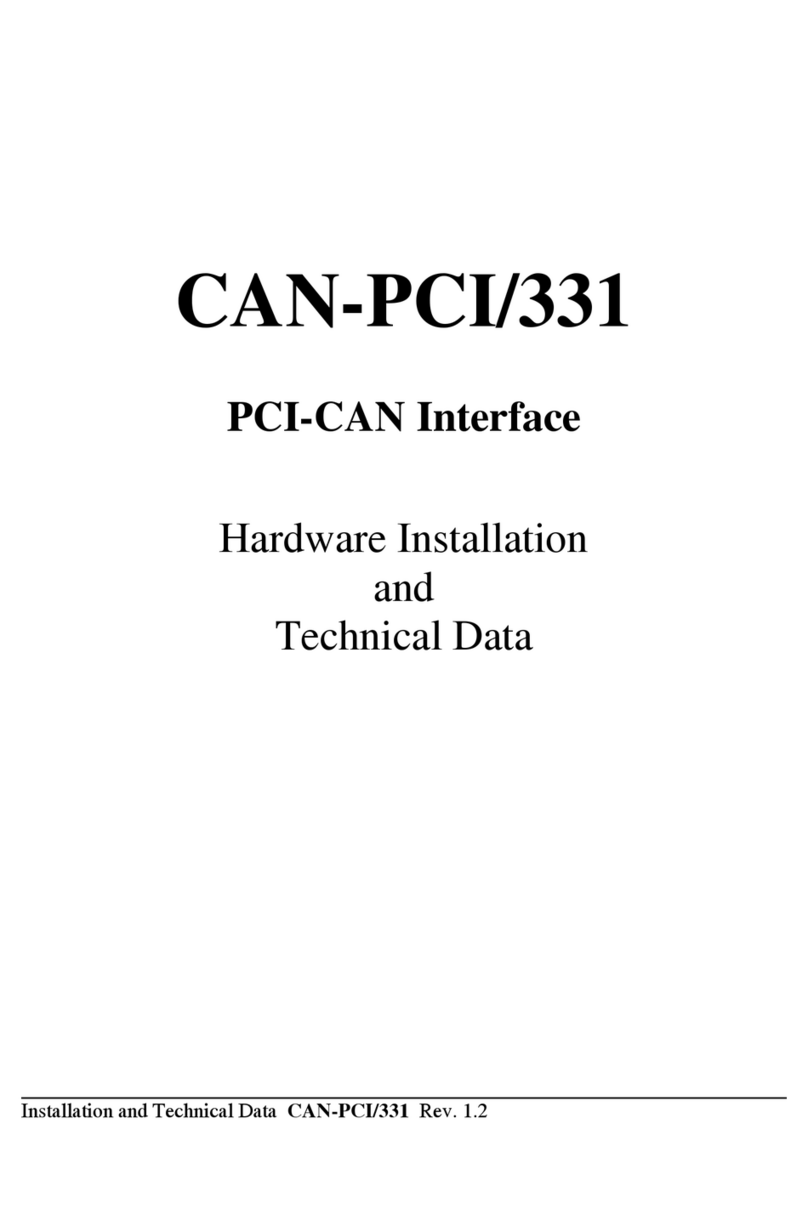
ESD electronic
ESD electronic CAN-PCI/331 Hardware installation and technical data

BenQ
BenQ W10 user manual

HighPoint
HighPoint BRD Series Quick installation guide
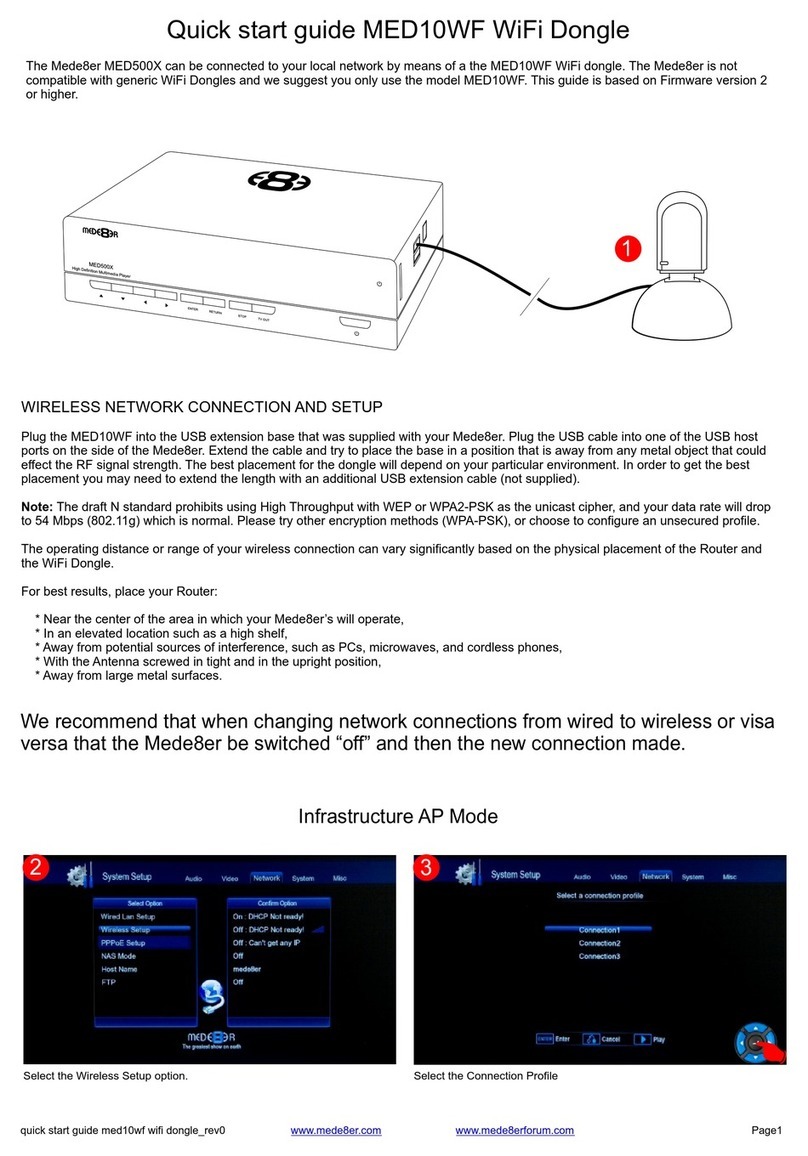
Mede8er
Mede8er MED10WF quick start guide
Cypress Semiconductor
Cypress Semiconductor Astoria DMB-T Reference Design Guide
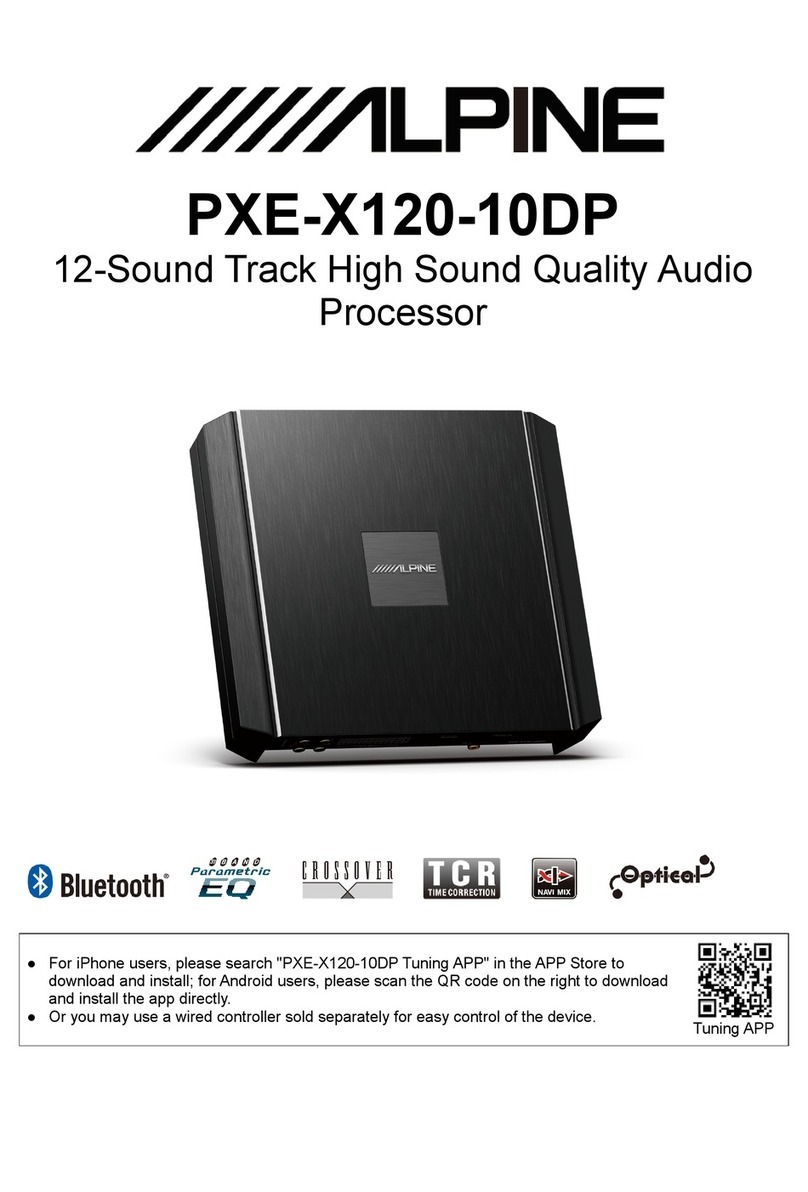
Alpine
Alpine PXE-X120-10DP manual
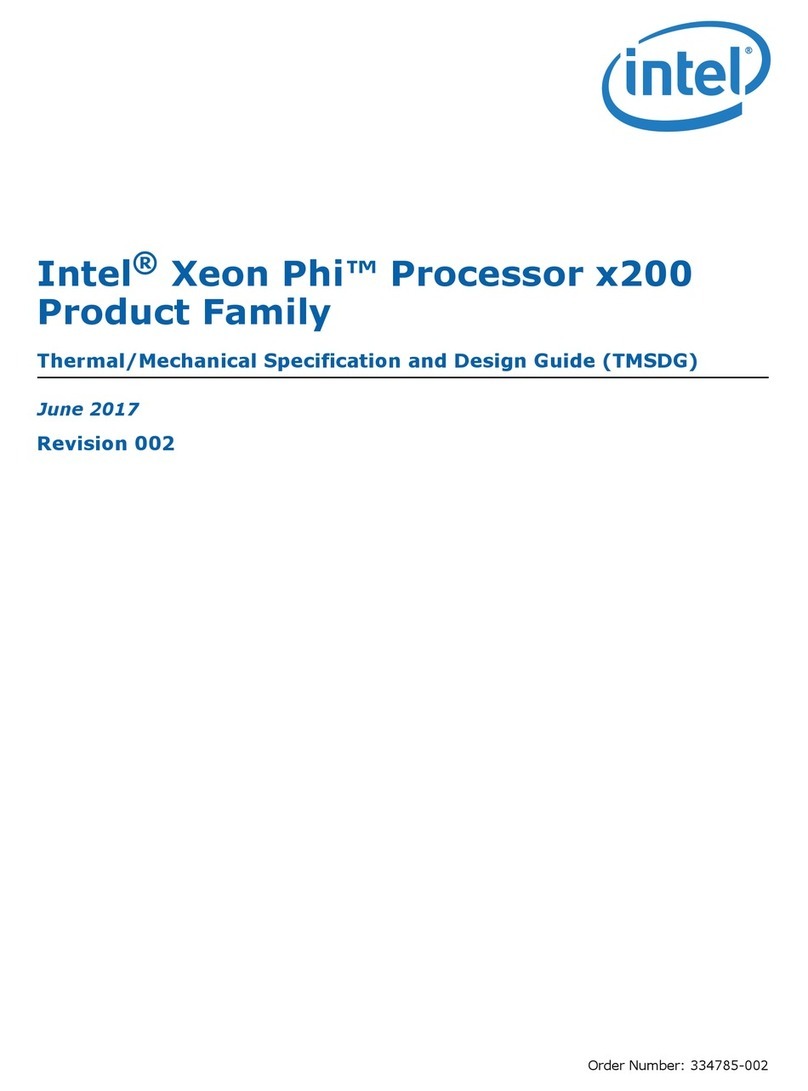
Intel
Intel Xeon Phi Processor x200 Thermal/Mechanical Specification and Design Guide
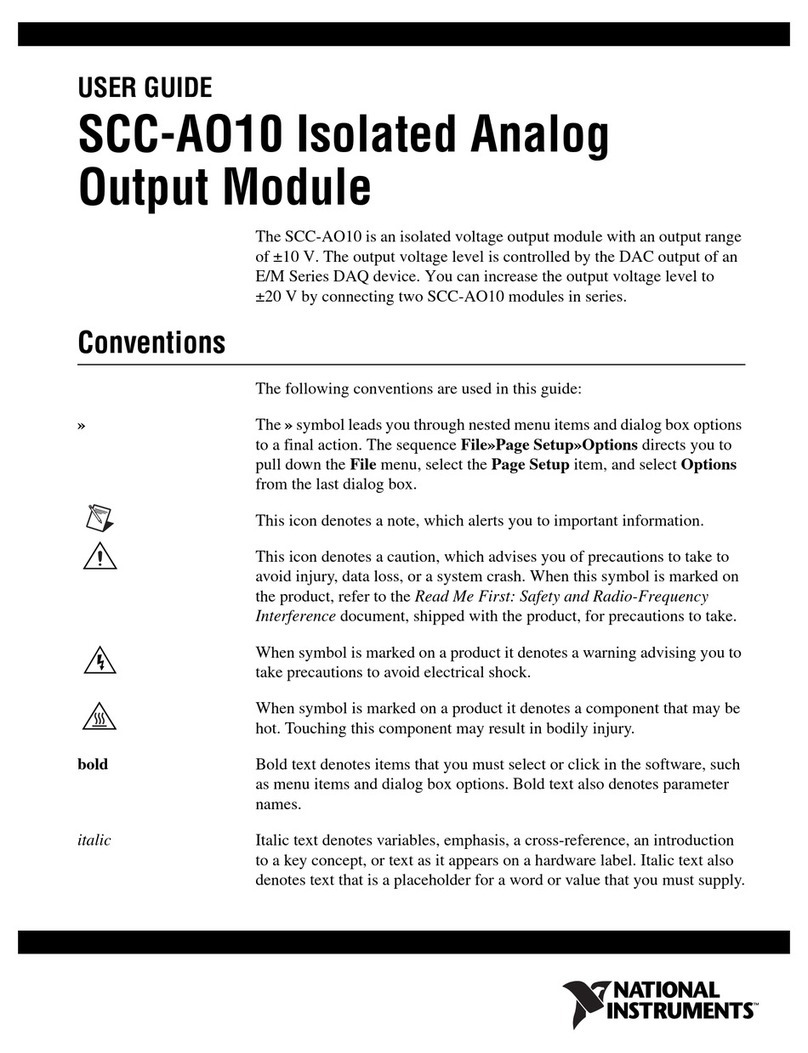
National Instruments
National Instruments Isolated Analog Output Module SCC-AO10 user guide

ASROCK
ASROCK iBOX-155 Quick installation guide
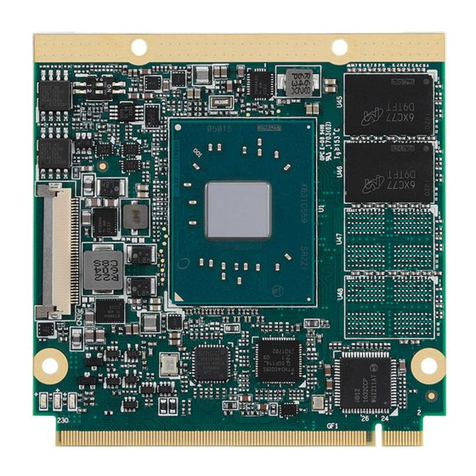
ADLINK Technology
ADLINK Technology Q7-AL user manual
Silicon Laboratories
Silicon Laboratories WFM200S user guide
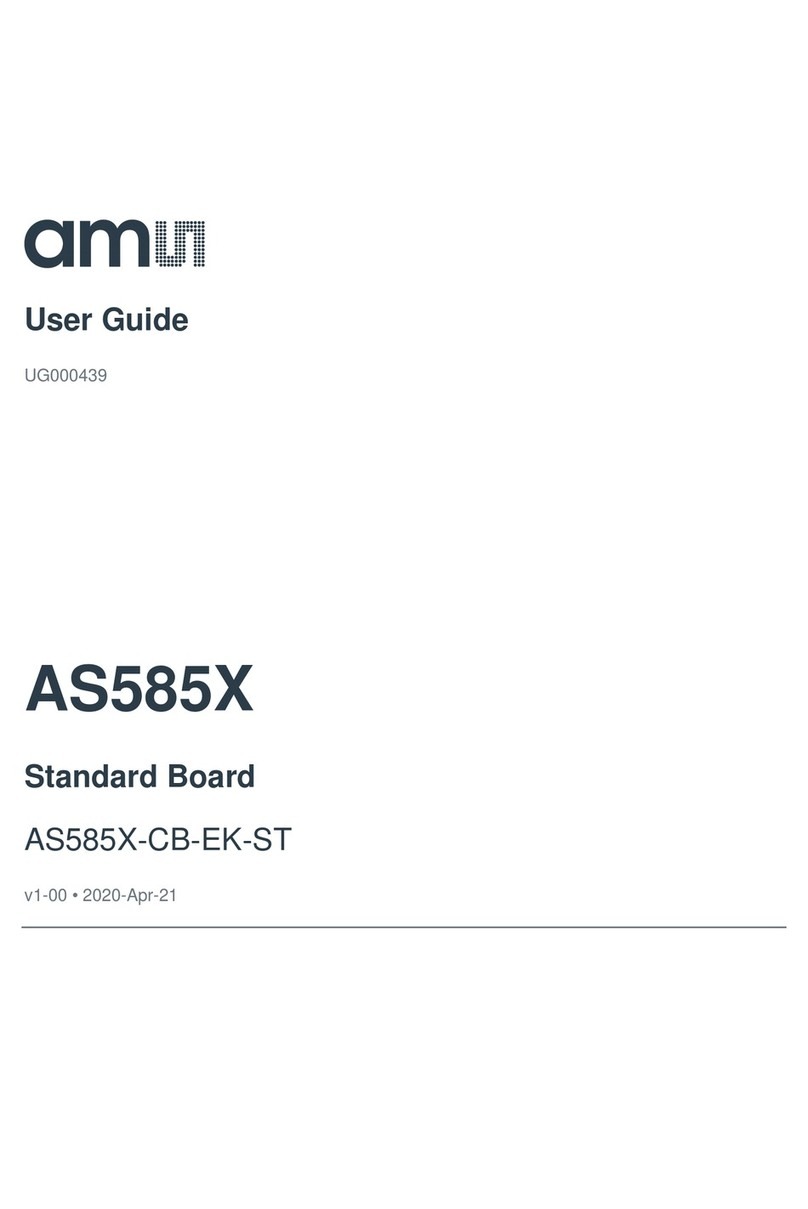
AMS
AMS AS585X user guide
